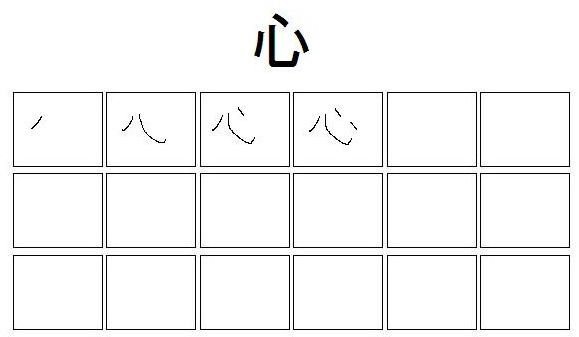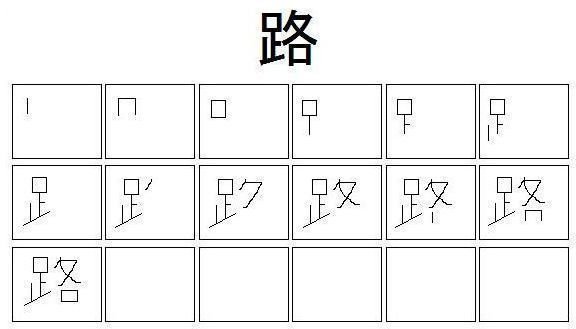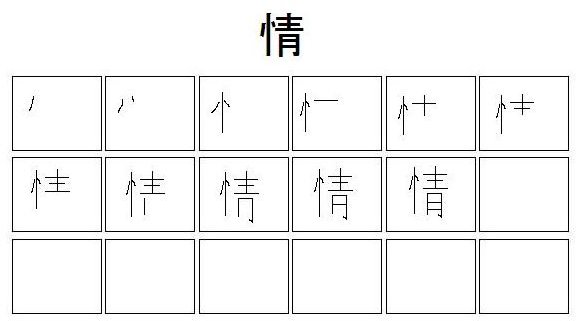Teaching Love in Japanese: The Different Love Kanji
Writing the Characters for Love
When you teach your Japanese language students how to say “I love you”, you can include the kanji for those words of love. Kanji uses Chinese characters, and is one of the three alphabets used in Japanese (along with hiragana and katagana). While learning kanji, especially more advanced ones, can seem daunting to students, remind them that they are essential when reading in Japanese. When teaching kanji, use a chart like the one below that has students write the kanji out stroke by stroke. Explain that it is important to learn the order of the strokes to write the kanji correctly. When testing their knowledge of kanji, give students just the kanji, and have them write it out stroke by stroke.
心
心 (kokoro) is the easiest kanji to start with, as it has only four strokes, and is used in other love kanji. 心 is also a good kanji to begin with if students do not have much experience writing kanji. Explain to students that 心 means “heart,” as well as “spirit.” Pass out two kanji charts to each student. With the first one, practice each stroke. Ask students to write out the kanji again on the second sheet, and check to see if it matches the example student kanji sheet below.

恋
Once students have a good grasp of writing out 心, move on to 恋 (koi). Point out to students that the second half of the 恋 kanji is 心. Like the exercise with 心, pass out two copies of the kanji sheet and have each student write out the kanji twice: once along with kanji strokes on the board, and once again for practice. Check to see that each chart matches the example student kanji below.

After students have practiced 恋, try some combination words. Write some examples on the board, like 恋しい (koishii) for “beloved,” and 恋路 (koiji) for “romance,” or literally “path of love.” If the students do not know the kanji 路 (ji), this is a perfect time to explain how the meaning can change depending on the combination. Explain that 路 means “route” and “road,” but when it is added to 恋, it becomes “romance.” Practice going over the kanji stroke order with 路, and make sure students are writing out the kanji one stroke at a time, like the example below.

愛
愛 (ai), the other kanji for “love,” can be difficult to write out, especially for beginner Japanese students. Each student may need more than two kanji sheets to practice the stroke order. When going over the stroke order on the board, make sure to go slowly. It may help to break the kanji into sections, and go over 愛 one section at a time. Go over the students’ kanji charts and make sure they match the example below.

As with 恋, go over different combinations with 愛, like 愛してる (aishiteru) for “I love you” and 愛情 (aijou) for “affection.” If students have not learned 情 (jou) before, pass out additional kanji charts and practice the stroke order. Check to see that students’ charts match the one below. Once the students have grasped the different words for love in Japanese kanji, have the students use them in other exercises, like writing love letters.

References
- Author’s own experience
- Images by Elizabeth Stannard Gromisch. All rights reserved.
This post is part of the series: Teaching Love in Japanese
Lesson plans that cover love in the Japanese language and culture.
